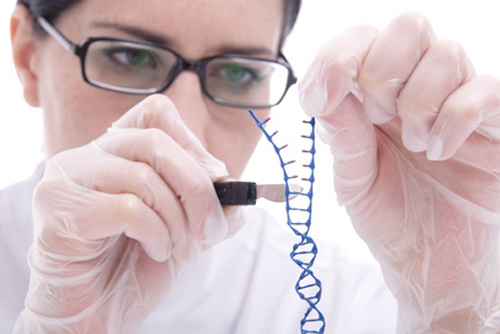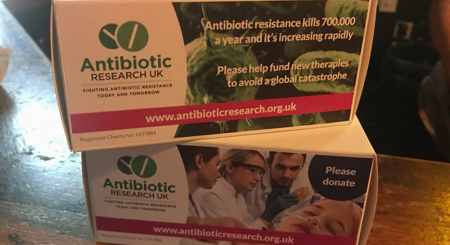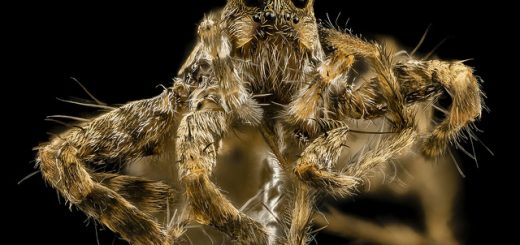Let’s Repair Your DNA!

Mice with Duchenne muscular dystrophy (DMD) have been successfully treated using gene-editing injections – a breakthrough in treatment for genetic disorders.
A group of scientists at Duke University cloned the CRISPR-Cas9 system in adeno-associated virus serotype-9 (AAV9). This was then injected into adult DMD mice, first directly into the muscles and then intravenously so that it was delivered to even the cardiac muscles. The mice regained their muscular strength with improved functions of the heart and lungs. Thus, the symptoms were similar to that of Becker muscular dystrophy, a milder form with late onset1. Similar results were observed in the team of scientists at Harvard and Texas2,3.
DMD is a genetic disorder causing muscle weakness. It primarily affects males at a rate of 1 in 3500-5000. DMD is caused by an alteration in the dystrophin gene in the X chromosome. Dystrophin is normally present in the skeletal and cardiac muscles of the body. Along with many other proteins, it forms a complex in these cells that help strengthen the muscles and protect and repair them from the damages caused due to contraction and relaxation. In the absence of any functional dystrophin, these cells retain the damage and eventually die off. This causes muscle weakness and eventually muscle wasting or atrophy. By adolescence, a person with DMD is confined to a wheel chair, unable to use his limbs. Death occurs usually in the twenties, and often because of the complications in the heart4.
CRISPR-Cas9 utilizes the amazing bacterial immune system that uses the enzyme Cas9 to cleave off any viral sequences that might have infected them. CRISPR stands for Clustered Regularly Interspaced Short Palindromic Repeats. They are complimentary to certain sequences and when they bind to these sequences, Cas9 forms a complex with it, snipping that region just like we snip off those unwanted weeds in our gardens5. AAV9 is a non-pathogenic virus that doesn’t cause any immune reaction in the human body. In the experiment, the viruses infected the muscle cells, releasing the CRISPR-Cas9 enzyme complex into the cells. This complex then binds to the targeted region in the dystrophin gene containing the mutation, and snips it. Thus, the protein further produced from it will be partially functional, even though truncated.
Developments like this raise a lot of hope in the treatment of the ‘incurable’ genetic disorders that affect millions of people around the world. It is amazing how every small discovery leads to new opportunities with scientists all around the world striving to cure the proclaimed ‘incurable’ disorders. In just 4 years, CRISPR-Cas9 technology has been able to achieve this feat. This technique doesn’t pose an ethical dilemma as alteration in the genome was post-natal. As no germline editing was performed, this technique dodges questions about transmission of the gene edits to the subsequent generation.
There is still a lot of work to be done and there are a myriad of technical difficulties in using and delivering genome editing systems in the required cells. Yet hope is there that one day, after all the clearance of ethical and technical issues, we may have a cure for the life-wrenching genetic disorders, like DMD, Huntington disease, and germline cancers like Li-Fraumeni syndrome.
Edited by Sarah Spence
References
- http://science.sciencemag.org/content/351/6271/403
- http://science.sciencemag.org/content/351/6271/400
- http://science.sciencemag.org/content/early/2015/12/29/science.aad5177
- http://ghr.nlm.nih.gov/condition/duchenne-and-becker-muscular-dystrophy
- https://www.neb.com/tools-and-resources/feature-articles/crispr-cas9-and-targeted-genome-editing-a-new-era-in-molecular-biology










